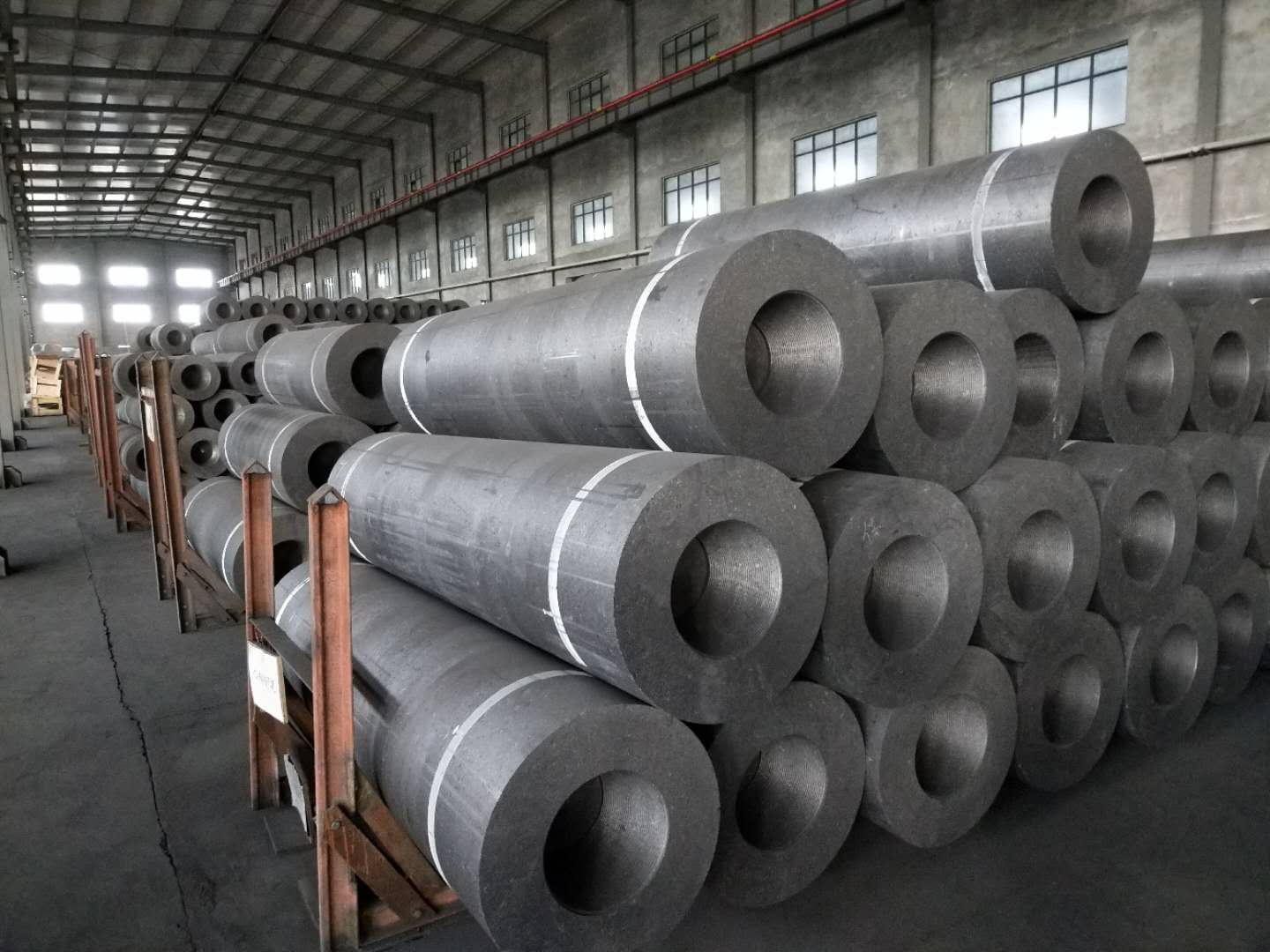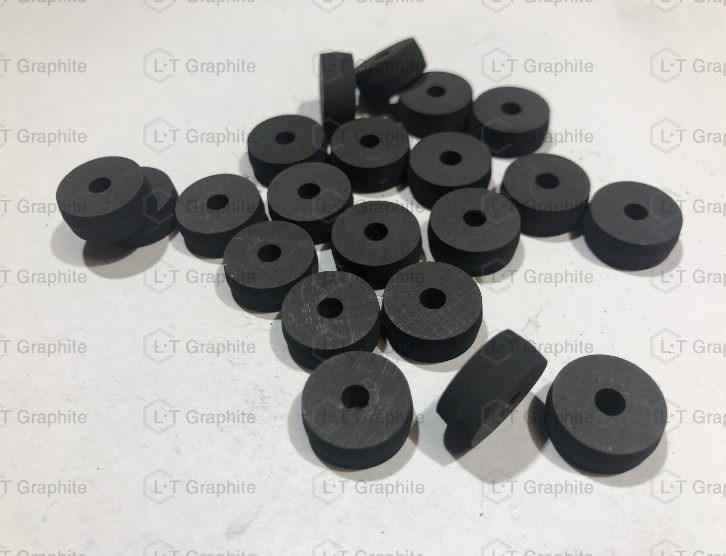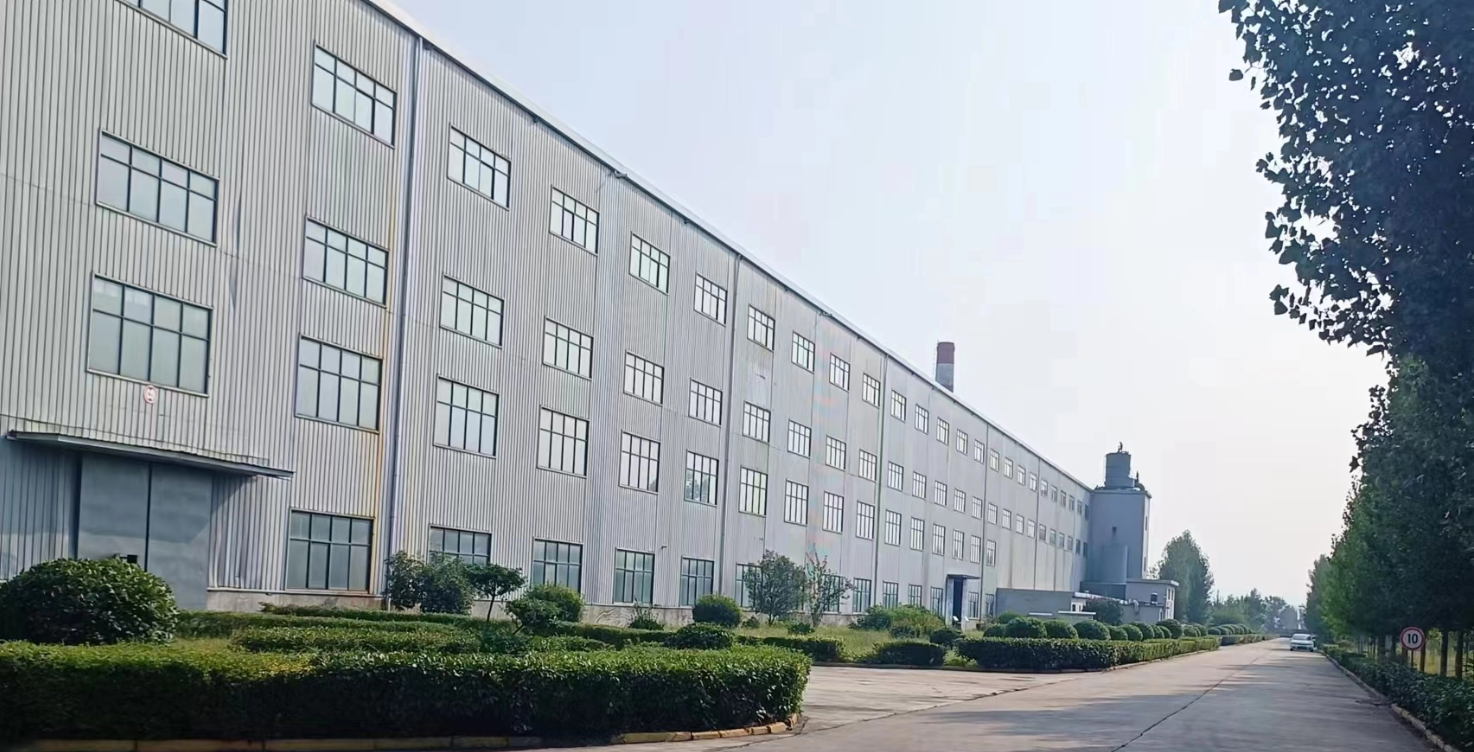
Graphite Electrode: Versatile Conductive Solutions for Smelting, Analysis & Beyond
Product Category




Application

Metal Smelting
Graphite products play a core role in metal smelting processes. Ultra-high power (UHP) graphite electrodes (e.g., UHP 700 electrodes) and large smelting graphite electrodes are essential for electric arc furnaces, conducting current to generate arcs that melt scrap iron and other raw materials for steel production. Small-sized graphite electrodes (50-150mm in diameter) are tailored for small-capacity melting furnaces, while high-purity graphite stirring rods are used in precious metal smelting (e.g., gold, silver, brass) to homogenize molten alloys, remove impurities, and degas the melt.

Chemical & Industrial Processing
In chemical industries, high-purity conductive graphite electrode plates are widely applied in electrolysis—such as producing chlorine, caustic soda via aqueous solution electrolysis, and manufacturing alkali through salt solution electrolysis. They also support electroplating of various metal and non-metallic carriers. Additionally, these plates are used in sewage treatment for chemical, electronic, and textile industries, leveraging their corrosion resistance and conductivity.

Analytical & Laboratory Applications
Graphite products serve critical functions in material analysis. Spectrally pure carbon electrodes (e.g., those for GDMS glow discharge mass spectrometry) are used to analyze impurity compositions in high-purity materials, including petroleum and oil elements. Graphite electrode discs designed for oil elements analysis further enable precise detection, ensuring accuracy in industrial and scientific research.

Energy & Specialized Equipment
High-conductivity carbon graphite fuel cell bipolar plates are key components in fuel cells, facilitating electron conduction, separating reactants, and maintaining thermal balance through their sealing properties. Meanwhile, high-purity graphite electrode plates, with their low resistivity and stable performance, are replacing traditional metal heating wires as heating elements in water heaters, avoiding issues like scale buildup, high energy consumption, and water pollution.
Product Advantages

Superior Performance for Extreme Environments
Graphite products excel in harsh operating conditions, thanks to their intrinsic material properties. High-purity graphite electrodes and stirring rods, with low porosity (≤0.1%) and high temperature resistance (up to 4350°C), maintain structural integrity in molten metal smelting, where temperatures exceed 1,500°C. Ultra-high power (UHP) graphite electrodes, boasting low electrical resistivity and high flexural strength, conduct large currents stably in electric arc furnaces, ensuring efficient steel production. Meanwhile, high-conductivity fuel cell bipolar plates deliver consistent electron transfer even in corrosive electrochemical environments, supported by their chemical stability and oxidation resistance.
Versatile Adaptability Across Industries
These products are engineered to meet diverse industrial demands through customizable designs. Small-sized graphite electrodes (50-150mm diameter) fit compact furnaces for small-scale smelting, while large UHP electrodes scale to industrial arc furnaces. High-purity conductive plates can be tailored into specific shapes for electrolysis, electroplating, or as heating elements in water heaters, replacing traditional metal parts prone to corrosion. Additionally, spectrally pure graphite electrodes for GDMS analysis offer impurity-free performance, ensuring precision in laboratory and petroleum testing—proving their adaptability from heavy industry to high-tech research.


Cost-Efficiency and Long-Term Reliability
Graphite products reduce operational costs through durability and low maintenance. Their high mechanical strength (e.g., flexural and compressive strength) minimizes breakage during handling, lowering replacement rates. High-purity graphite stirring rods, with low heat deformation, outlast metal alternatives in precious metal smelting, while fuel cell bipolar plates’ long lifespan (thanks to corrosion resistance) cuts down on frequent part swaps. Moreover, graphite’s lightweight nature reduces energy consumption during transportation, and its ability to replace energy-inefficient metal heating elements (e.g., in water heaters) further enhances cost savings over time.
FAQs
1. How to choose graphite electrodes for different smelting needs?
Select by scale: small electrodes for small furnaces; HP/UHP for large steelmaking; high-purity rods for precious metals.
2. Can graphite replace metals in corrosive environments?
Yes. Its corrosion resistance outperforms metals, e.g., in water heaters and fuel cells.
3. What affects graphite electrodes’ lifespan in industrial use?
Temperature, current intensity, and purity—oxidation-resistant types last longer in high heat.
4. Are graphite products customizable for specific applications?
Absolutely. Custom sizes/shapes for electrodes, plates, and rods fit diverse industrial needs.
5. How do graphite products save costs long-term?
Durability reduces replacements; low maintenance and energy efficiency cut operational costs.
Related Blogs
-
 In the ever-evolving world of industrial applications, the quest for materials that offer both efficiency and reliability is relentless. One such material that has garnered significant attention is the graphite electrode. Known for its high purity and exceptional conductivity, the graphite electrode is a cornerstone in various industrial processes, including metallurgy, chemical production, and electronics manufacturing.
In the ever-evolving world of industrial applications, the quest for materials that offer both efficiency and reliability is relentless. One such material that has garnered significant attention is the graphite electrode. Known for its high purity and exceptional conductivity, the graphite electrode is a cornerstone in various industrial processes, including metallurgy, chemical production, and electronics manufacturing. -
 When it comes to the realm of spectroelectrochemical analysis, the graphite electrode stands as an unsung hero. This crucial component, with its remarkable properties, plays a pivotal role in various scientific and industrial applications. In this article, we will delve into the fascinating world of high purity conductive graphite electrodes and explore their myriad applications in spectroelectrochemical analysis.
When it comes to the realm of spectroelectrochemical analysis, the graphite electrode stands as an unsung hero. This crucial component, with its remarkable properties, plays a pivotal role in various scientific and industrial applications. In this article, we will delve into the fascinating world of high purity conductive graphite electrodes and explore their myriad applications in spectroelectrochemical analysis.
Company Introduction
L.T Graphite, a subsidiary of L.T Group, operates five producing bases (four in Henan Province and one in Sichuan Province), covering the full value chain of graphite production—from raw material selection to precision machining, purification, and coating.
Founded with decades of industry experience, its bases specialize in diverse products:
High-purity graphite, medium particle graphite, and graphite electrodes (RP, HP, UHP, φ100-φ600).
Lithium-ion battery anode materials (high/medium/low-end).
Isostatic silicon carbide graphite crucibles and energy-saving graphite crucibles.
The company holds certifications like ISO9001 and adopts advanced management systems (ERP). Its mission is to create high-quality products via cutting-edge technology, aiming to build long-term partnerships and provide innovative carbon graphite solutions globally.


Contact Us
+86-13346669717 / graphite@ltgroup.tech
Addresses-Five major production bases
1. High purity graphite producing base
No. 1 Beiliu Village , Nanzhai Town, Huixian 453600, Henan province, China.
2. Medium particle special graphite producing base
No.1 Xiaotun Village , Baiquan Town, Huixian 453600, Henan province, China.
3. Graphite new material producing base
No. 385 Huixian industrial cluster, Baiquan Town, Huixian 453600, Henan province, China
4. Graphite electrode producing base
No. 466, Hongzhou Industrial Cluster Zone, Huixian 453600, Henan province, China
5. SIC graphite crucible producing base
No. 28 Xinnan Street, Qingshui Town, Renshou 620564, Sichuan province, China





